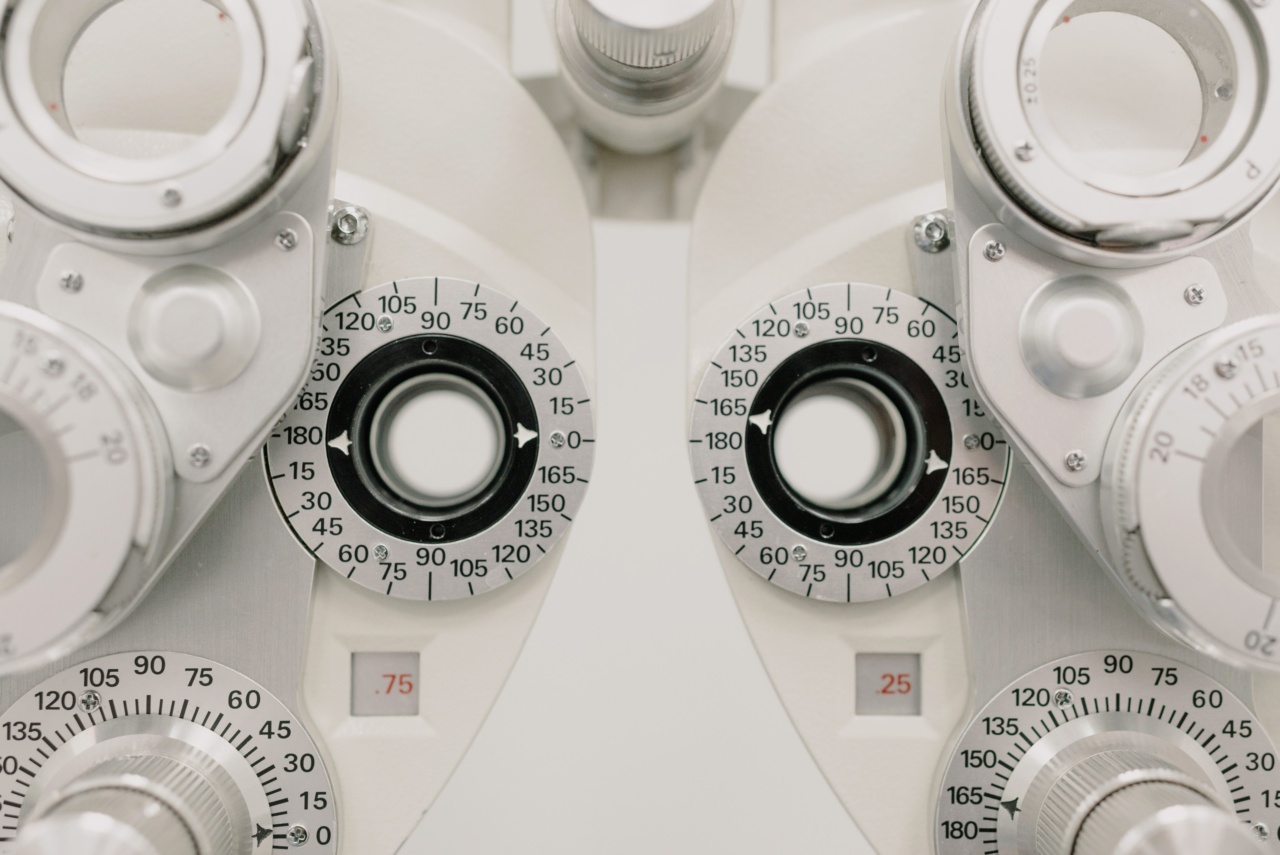Headaches are a common ailment that affects millions of people worldwide. They can range from mild discomfort to severe pain, and can significantly impact one’s quality of life.
While there are various factors that can contribute to headaches, including stress, lack of sleep, and certain medical conditions, one often overlooked cause is poor posture.
Understanding Posture
Posture refers to the position in which we hold our bodies while standing, sitting, or lying down. It is the alignment of the body parts in relation to one another.
Good posture involves maintaining a neutral spine, keeping the shoulders relaxed, and aligning the head with the spine. On the other hand, poor posture involves slouching, rounding the shoulders forward, and jutting the head forward.
The Link between Poor Posture and Headaches
When we have poor posture, it can put unnecessary strain on the muscles, ligaments, and joints of the neck and upper back. This strain can lead to tension and tightness in these areas, which can then trigger headaches or exacerbate existing ones.
One key factor that can contribute to headaches is a condition called forward head posture. This occurs when the head is positioned in front of the body’s center of gravity, causing it to tilt forward.
When the head is in this position, it increases the load on the neck and upper back muscles, leading to muscle imbalances and tension. The increased tension can then radiate pain to the head and manifest as headaches.
The Role of Correct Posture in Headache Prevention
By maintaining correct posture, we can reduce the risk of developing headaches or experiencing their severity. Here are several ways in which correct posture can help:.
1. Proper Alignment
When we maintain good posture, it ensures that the bones and joints are aligned correctly. This alignment minimizes unnecessary stress and strain on the muscles, ligaments, and nerves, reducing the likelihood of headaches.
2. Muscle Balance
Correct posture helps maintain a balance between muscles involved in supporting the head and neck. When these muscles are balanced, they can work more efficiently and effectively, reducing the likelihood of tension and headaches.
3. Improved Blood Flow
Proper posture helps to improve circulation throughout the body, including to the head and neck. By ensuring optimal blood flow, it helps to deliver essential oxygen and nutrients to the muscles, reducing the risk of tension and headaches.
4. Reduced Muscle Imbalances
Poor posture can lead to muscle imbalances, with some muscles becoming overactive and others becoming weak or underactive. These imbalances can contribute to tension, pain, and headaches.
By maintaining correct posture, we can reduce the risk of muscle imbalances and their associated symptoms.
5. Improved Spinal Health
Good posture helps to maintain the natural curves of the spine, including the cervical curve in the neck region.
When the spine is properly aligned, it reduces the stress on the vertebrae, discs, and nerves, minimizing the likelihood of headaches caused by spinal issues.
Tips for Correcting Posture
If you suspect that poor posture may be contributing to your headaches, here are some tips to help you improve your posture:.
1. Ergonomic Workstation
If you have a desk job or spend long hours working on the computer, ensure that your workstation is ergonomically designed. Use an adjustable chair, position your monitor at eye level, and keep your shoulders relaxed and wrists neutral while typing.
These adjustments can promote better posture and reduce the risk of headaches.
2. Be Mindful of Your Posture
Throughout the day, be mindful of your posture. Check in with yourself regularly and make a conscious effort to sit or stand up straight. Practice aligning your head with your spine and keeping your shoulders relaxed.
Over time, these small adjustments can become habitual and lead to better posture.
3. Strengthen Core Muscles
Strong core muscles are essential for maintaining good posture. Incorporate core-strengthening exercises into your fitness routine, such as planks and Pilates. A stronger core will help support your spine and promote better posture.
4. Stretch Regularly
Tight muscles can contribute to poor posture. Incorporate stretching exercises into your daily routine to help release tension and improve flexibility. Focus on stretching the muscles of the neck, upper back, and chest.
5. Seek Professional Help
If you’re struggling with poor posture and recurrent headaches, consider seeking help from a healthcare professional.
They can assess your posture, provide personalized recommendations, and may suggest physical therapy to improve your posture and alleviate your headaches.
Conclusion
Correct posture is a valuable tool in reducing headaches. By maintaining proper alignment, muscle balance, and blood flow, and by minimizing muscle imbalances and spinal issues, we can significantly decrease the likelihood of headaches.
Incorporate the tips mentioned above into your daily routine and make a conscious effort to prioritize good posture. Your body and your head will thank you!.






























